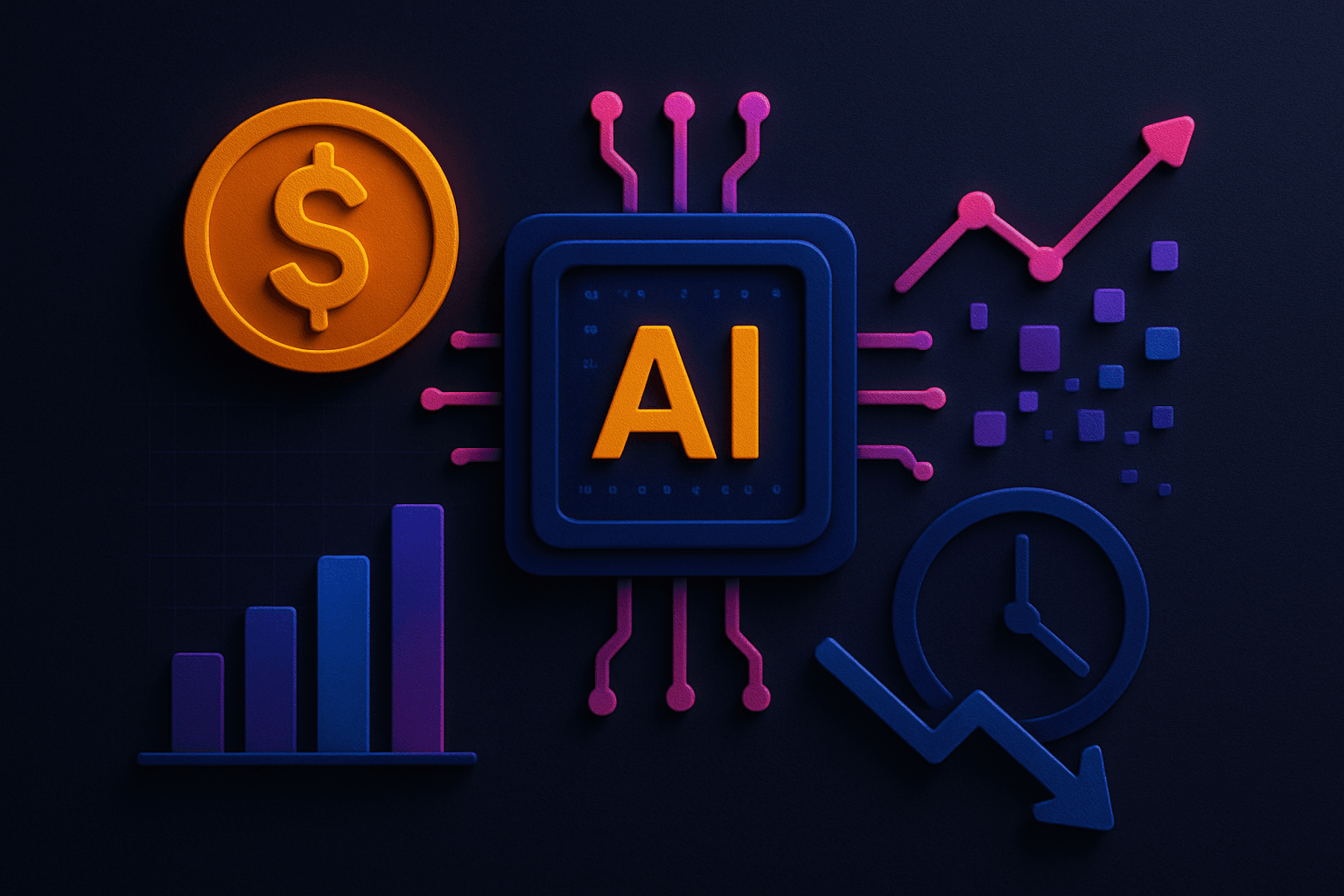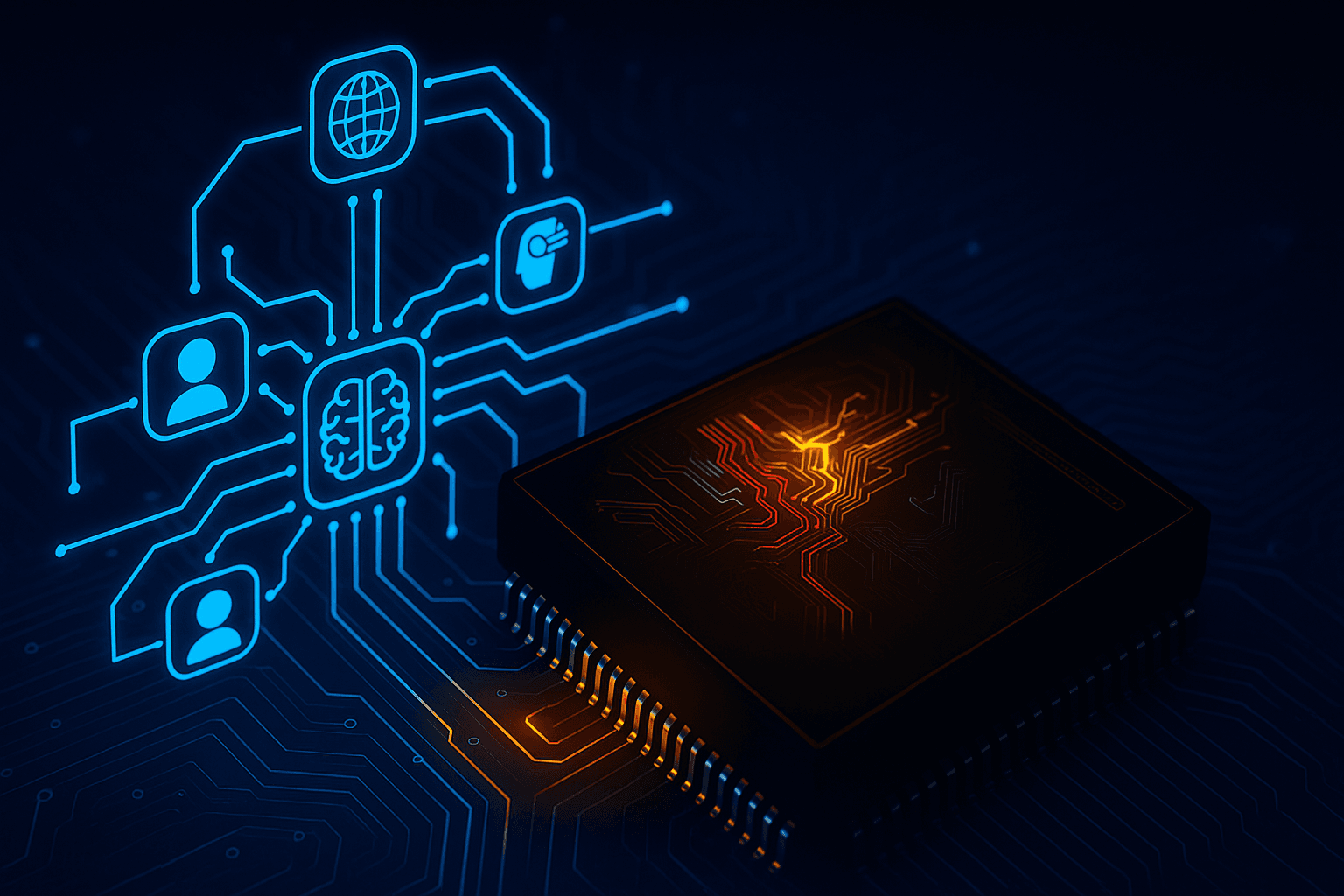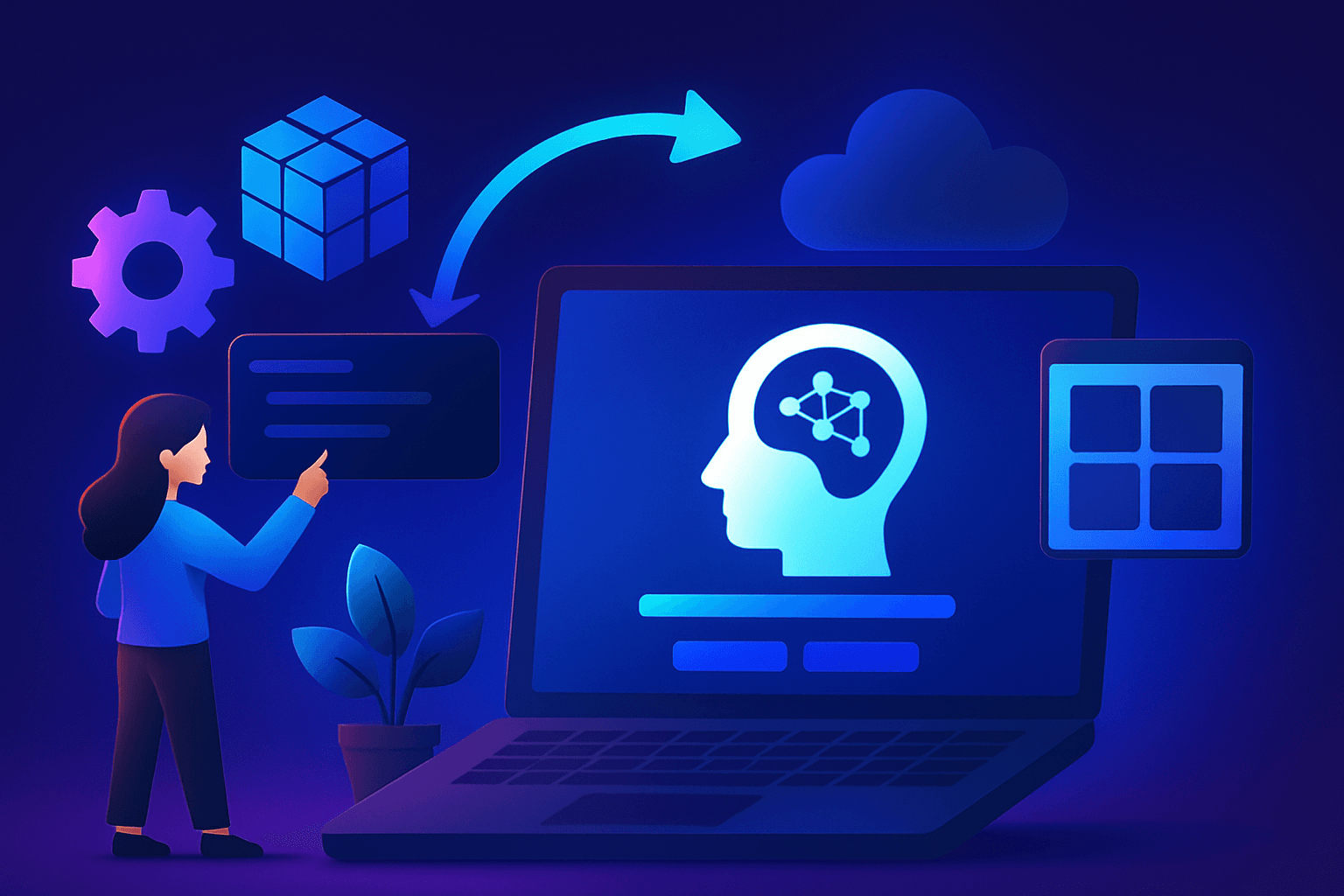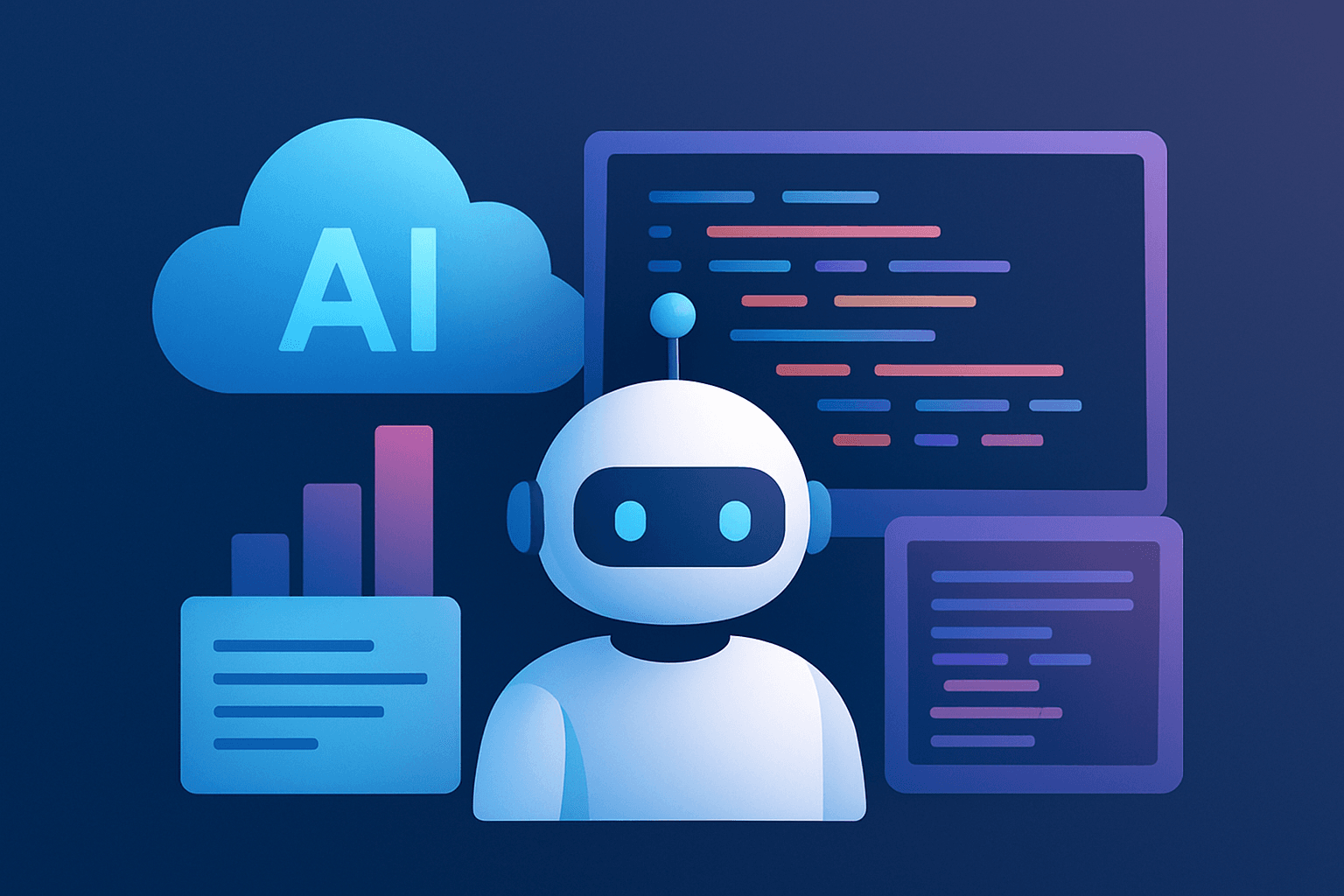Introduction
Transformers have revolutionized the field of Natural Language Processing (NLP) and have become the backbone of many state-of-the-art models. However, they come with their own set of limitations, particularly when it comes to handling large context sizes. Traditional Transformer models often struggle with memory efficiency, making it challenging to process long sequences of data. This limitation becomes a bottleneck, especially when dealing with tasks that require understanding and generating text over extended contexts.
The ability to handle large context sizes is crucial in a variety of NLP tasks. For instance, in language modeling, a larger context allows the model to understand the text more holistically, capturing long-range dependencies and nuances that might be missed otherwise. Similarly, in reinforcement learning, having access to a larger context can significantly improve the model's decision-making capabilities. Therefore, overcoming the limitations of context size in Transformers is not just a technical challenge but a necessity for advancing the field.
To address these challenges, a new attention mechanism called Ring Attention has been proposed. Ring Attention is designed to be memory-efficient, enabling the model to handle near-infinite context sizes without a significant increase in computational requirements. It achieves this by employing a novel algorithmic approach that allows for incremental computation and efficient data parallelism.
The Need for Large Context in Transformers
Traditional Transformer models are designed to handle sequences of tokens, but they often struggle when these sequences become too long. The primary reason for this limitation is the quadratic complexity of the self-attention mechanism, which makes it computationally expensive and memory-intensive to process long sequences. As a result, most standard Transformer models are restricted to a fixed maximum sequence length, beyond which they either truncate the input or fail to operate efficiently. This limitation is a significant drawback, especially for tasks that require understanding extended contexts.
The Significance of Large Context Sizes in Various Applications
- Language Modeling: In language modeling, the ability to process a large context is crucial for understanding the semantic and syntactic relationships between words and phrases in a text. For instance, if a model is trained to generate text based on a given prompt, a larger context allows it to maintain consistency and coherence over longer passages. This is particularly important for tasks like summarization, translation, and question-answering, where understanding the entire context can make a significant difference in the quality of the output.
- Reinforcement Learning (RL): In RL, large context size can be a game-changer. RL models often need to make decisions based on a series of events that have occurred over time. A larger context allows these models to better understand the state of the environment, leading to more informed and effective decisions. For example, in tasks like game playing or autonomous navigation, having access to a larger context can help the model anticipate future states and optimize its actions accordingly.
- Other Applications: Large context sizes are also beneficial in other domains such as scientific research, where models may need to analyze long sequences of genetic data, or in audio-visual tasks where synchronizing extended sequences of audio and video data is essential.
What Is Ring Attention?
Ring Attention is an advanced attention mechanism designed to overcome the limitations of traditional Transformer models in handling large context sizes. The core concept of Ring Attention is to distribute the input sequence across multiple devices (or ‘hosts’) in a ring-like topology. Each device processes a portion of the sequence, and the key-value pairs are incrementally passed along the ring. This allows for efficient computation of attention over a large sequence without materializing the entire attention matrix, thereby reducing memory requirements.
How Ring Attention Differs from Vanilla Attention Mechanisms
- Memory Efficiency: One of the most significant differences between Ring Attention and vanilla attention mechanisms is memory efficiency. Traditional attention mechanisms compute the attention matrix for the entire sequence, which has a quadratic memory cost. Ring Attention, on the other hand, avoids this by computing attention incrementally and distributing the computation across multiple devices. This enables it to handle much larger context sizes without running into memory limitations.
- On 8x A100 GPUs, a 7B model with Ring Attention achieves an MFU of 256 (×1e3), compared to just 32 (×1e3) for the same model with memory-efficient attention and feedforward.
- On TPUs like TPUv4-1024, a 7B model with Ring Attention reaches an MFU of 8192 (×1e3), a staggering 512x improvement over the baseline.
- Scalability: Ring Attention is designed to scale linearly with the number of devices, allowing it to handle near-infinite context sizes. This is in contrast to vanilla attention mechanisms, which do not scale well with increasing sequence lengths due to their quadratic complexity.
- On 32x A100 GPUs, Ring Attention achieves over 1 million tokens in context size for a 7B model, a 32 times improvement over the previous best.
- On TPUv4-512, it enables a 256 times increase in context size, allowing training sequences of over 30 million tokens.
- Flexibility in Hardware Utilization: Ring Attention is hardware agnostic and can be implemented on various types of accelerators like GPUs and TPUs. It also allows for flexible configurations, enabling users to optimize for either maximum sequence length or maximum compute performance.
- Improved Performance: Ring Attention is not just limited to language modeling tasks. Its ability to handle large context sizes efficiently makes it applicable to a wide range of tasks, including reinforcement learning, scientific data analysis, and more.
With Ring Attention, you're not just getting a model that performs well; you're getting a model that scales efficiently across different hardware set-ups. Whether you're using A100 GPUs or TPUs, you can expect linear scalability, allowing you to handle significantly larger context sizes without a hit on performance. Ring Attention offers unparalleled advantages in both scalability and efficiency, making it an ideal choice for tackling complex NLP tasks.
Ring Attention opens up new possibilities for building more powerful and versatile Transformer models by addressing the limitations of traditional attention mechanisms. In the following sections, we will delve deeper into the technical aspects and real-world applications of Ring Attention.
Working of Ring Attention
Understanding the inner workings of Ring Attention requires diving into its algorithmic details, which are designed to optimize memory usage, enable incremental computation, and facilitate data parallelism.
Memory-Efficient Attention
Ring Attention is designed to be memory-efficient by avoiding the need to store the entire attention matrix in memory. Instead, it computes the attention values incrementally as the sequence is passed along a ring of devices. This significantly reduces the memory footprint, allowing for much larger context sizes.
Incremental Computation
The incremental nature of Ring Attention means that each device in the ring computes a portion of the attention values for the sequence. As the sequence is passed along the ring, each device updates these values. This incremental computation is what allows Ring Attention to scale linearly with the number of devices, making it highly efficient.
# Pseudo-code for Ring Attention
initialize ring_of_devices
for each device in ring_of_devices:
compute_partial_attention(device)
pass_key_value_pairs_to_next_device(device)
Data Parallelism
Ring Attention leverages data parallelism by distributing the sequence across multiple devices. This is done using Fully Sharded Data Parallelism (FSDP), which shards the model across the devices. Each device is responsible for a shard of the model and a corresponding segment of the input sequence. This allows Ring Attention to perform computations in parallel, speeding up the training and inference processes.
Consider a set-up with 4 devices in the ring and a sequence of length 1000 tokens. Each device would handle 250 tokens. The attention for these 250 tokens would be computed on the first device, then passed to the second device, which computes its part, and so on. Finally, the results are aggregated to produce the attention for the entire sequence.
Ring Attention is capable of handling extremely large context sizes by combining memory-efficient attention, incremental computation, and data parallelism, without compromising on performance or running into memory limitations.
Ring Attention in the Real World: Practical Applications and Case Studies
Understanding the theoretical aspects of Ring Attention is crucial, but its real-world applications and practical implementations are where its true value shines. In this section, we'll delve into both the practical applications of Ring Attention and offer a guide for practitioners interested in implementing it.
ExoRL Benchmark: A Real-World Case Study
The ExoRL benchmark serves as a real-world testing ground for Ring Attention, evaluating its performance across six different RL tasks. According to the data:
- In tasks like ‘Walker Stand’ and ‘Walker Run’, Ring Attention consistently outperformed existing models, achieving scores of 98.23 and 110.45 respectively.
- Across all tasks, Ring Attention achieved a total average return of 113.66, surpassing the 111.13 average of the AT with BPT model.
These aren't just numbers; they have real-world implications. Ring Attention's efficiency and scalability make it ideal for RL tasks requiring large context sizes, and its performance often exceeds that of existing state-of-the-art models.
Practical Applications
Ring Attention's capabilities extend beyond RL and can be beneficial in various domains:
- Natural Language Processing: For tasks like machine translation and summarization where context is crucial.
- Bioinformatics: In sequence alignment and gene pattern recognition, where handling large sequences efficiently is vital.
- Audio and Video Processing: For models that need to understand and generate multi-modal data over extended periods.
Practitioner’s Guide to Implement Ring Attention
For those interested in implementing Ring Attention, here are some practical tips:
- Hardware Configuration: If you have access to a large number of devices, such as 512x A100 GPUs, you can significantly expand the context size using Ring Attention.
- Software Requirements: The complete code for Ring Attention is available on GitHub, and it can be integrated with existing kernel-level fused-attention implementations like Triton, CUDA, and Pallas.
- Scaling Strategy: Use Fully Sharded Data Parallelism (FSDP) for large models and tensor parallelism to reduce the global batch size when necessary.
- Optimization: For maximum sequence length and compute performance, consider porting Ring Attention to CUDA, OpenAI Triton, or Jax Pallas.
Limitations and Future Work
While Ring Attention offers a plethora of advantages, it is essential to acknowledge its limitations and identify areas for future research:
- Compute Budget: The current experiments focus on evaluating the effectiveness of Ring Attention without large-scale training models due to compute budget constraints.
- Optimal Compute Performance: Although Ring Attention scales well, low-level operations still require optimization for achieving peak performance.
- Compatibility: While Ring Attention is compatible with various low-level kernel implementations, integrating these is left to the future.
Future Direction
- Scaled-Up Training: Future work could focus on evaluating Ring Attention in large-scale training settings.
- Optimization: Research could explore porting Ring Attention to CUDA, OpenAI Triton, or Jax Pallas for both maximum sequence length and compute performance.
- Application-Specific Research: Investigating Ring Attention's effectiveness in specific domains like bioinformatics, audio-video processing, and more
Conclusion
Ring Attention has emerged as a groundbreaking solution to the limitations of traditional Transformer models, particularly in handling large context sizes. Its innovative approach to memory-efficient attention and data parallelism allows for near-infinite context sizes, making it a game-changer in various applications like natural language processing, reinforcement learning, and beyond.
The model's scalability across different hardware configurations, as evidenced by its performance in the ExoRL benchmark, makes it a robust choice for real-world applications. While there are limitations and avenues for future work, the current state of Ring Attention offers a promising glimpse into the future of machine learning and artificial intelligence.
References
- https://arxiv.org/abs/2310.01889
- AI models can analyze thousands of words at a time. A Google researcher has found a way to increase that by millions.









